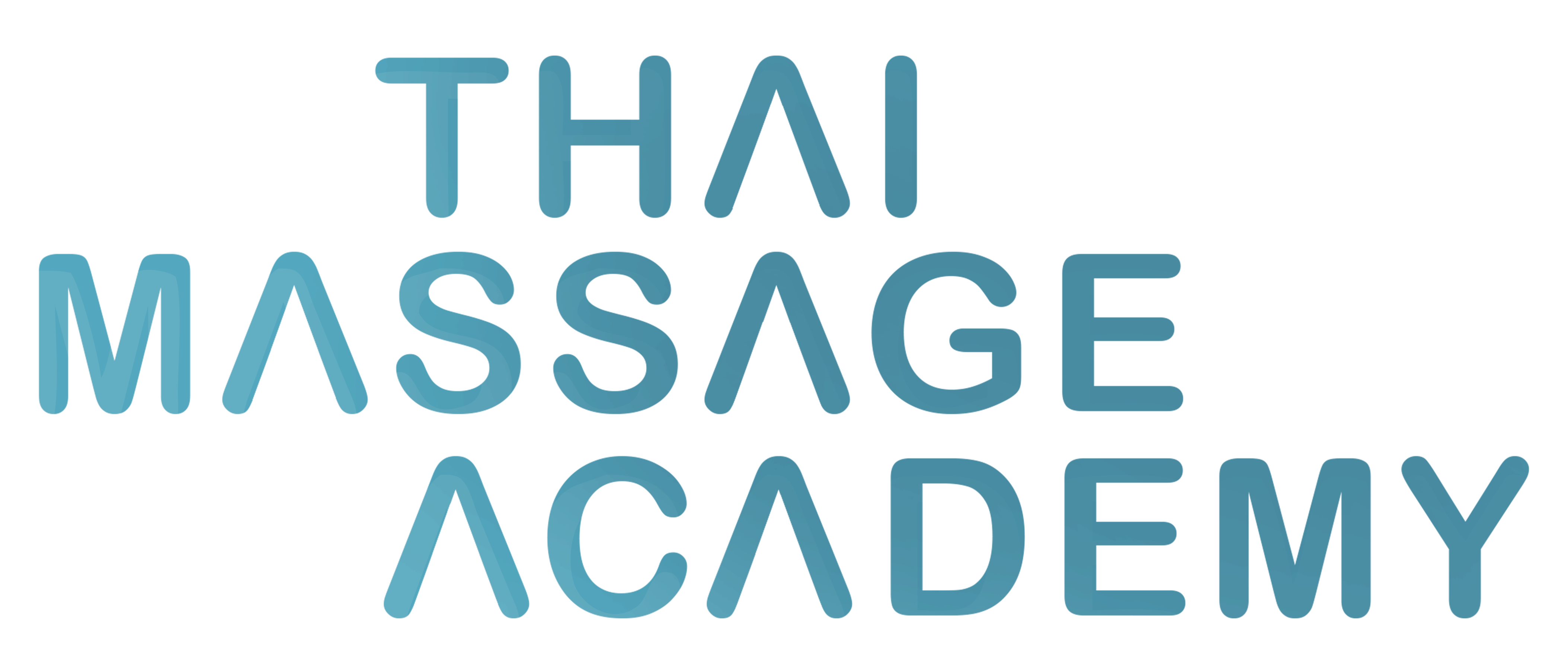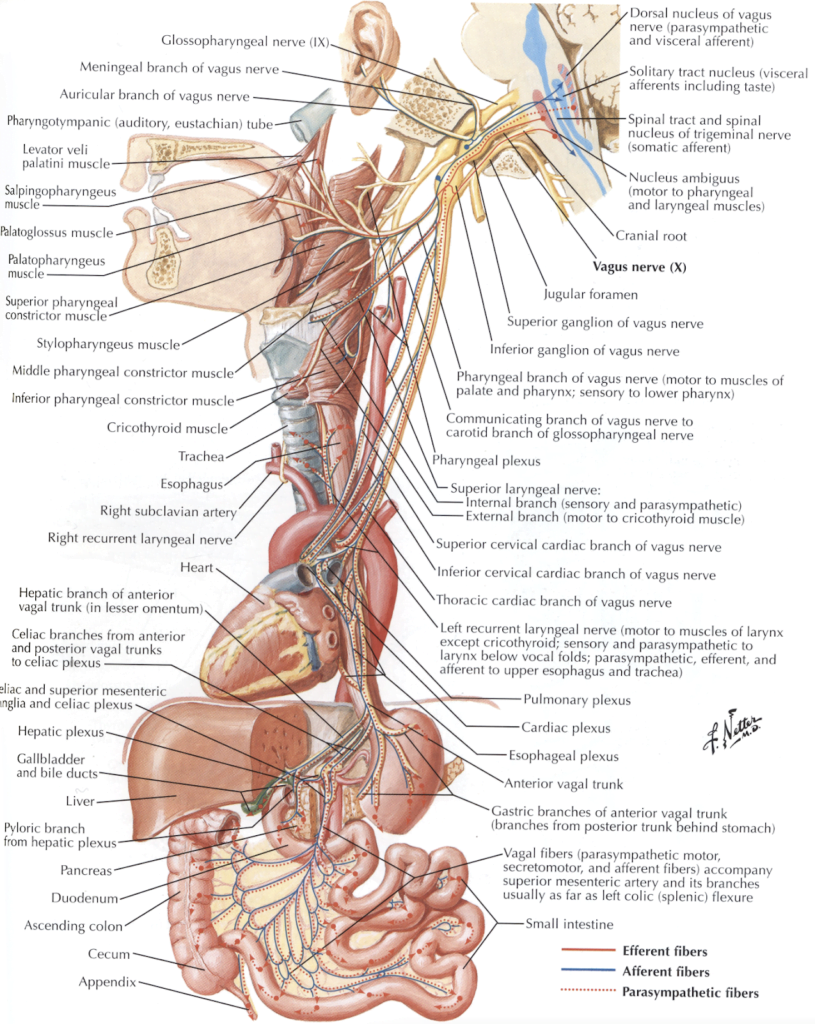The process of digestion begins when food is placed in the mouth and mechanically broken down by chewing. As the food is chewed, it is mixed with saliva, which contains enzymes that help to break down carbohydrates.
The chewed food then moves down the esophagus, a muscular tube that connects the mouth to the stomach, through a process called peristalsis. In the stomach, the food is mixed with stomach acid and enzymes, which continue to break down the food.
From the stomach, the partially digested food moves into the small intestine, where it is mixed with bile and enzymes produced by the pancreas. The small intestine is lined with tiny finger-like projections called villi, which help to absorb the nutrients from the food.
The remaining undigested material, along with waste products and excess fluids, move into the large intestine, where most of the remaining water and electrolytes are absorbed. The remaining material is then compacted and eliminated from the body through the rectum and anus.
Throughout the process of digestion, the body’s systems work together to break down the food and extract the nutrients needed for energy and overall health. Maintaining a healthy digestive system is important for overall health and well-being.



